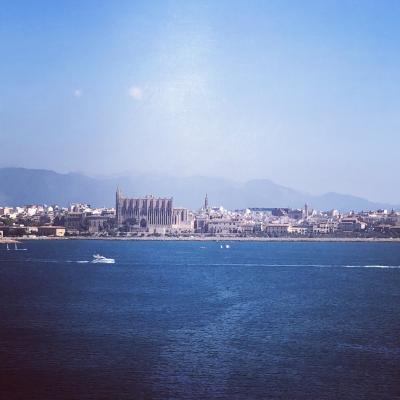Why is it important for visitors to distinguish between Mallorca the island and Palma the city?
Similar Topics
mallorca vs palma
mallorca travel tips
palma city guide
mallorca natural beauty
palma nightlife
balearic islands
mallorca attractions
palma gothic cathedral
It is important for visitors to distinguish between Mallorca the island and Palma the city because each offers a distinctly different experience, and understanding this distinction helps travelers plan their visit more effectively. Mallorca is the largest of the Balearic Islands, known for its diverse landscapes which include picturesque countryside, rugged mountains, and serene coastal villages. In contrast, Palma, the capital city located on the southwestern coast of Mallorca, is a bustling urban center rich in history, culture, and modern amenities. Knowing the difference allows visitors to tailor their itinerary according to their interests, whether they seek natural beauty and relaxation or vibrant city life.
Palma is often the gateway to Mallorca, where most visitors arrive by plane or ferry, and it offers a concentration of attractions such as the impressive Gothic cathedral, historic old town, and a lively culinary scene. Meanwhile, Mallorca’s inland and coastal areas provide a quieter, more varied set of experiences including hiking, beaches, and traditional villages. Confusing the two can lead to missed opportunities, such as expecting Palma’s nightlife in a small rural town or overlooking Mallorca’s broader natural wonders while staying exclusively in the city.
Understanding the distinction also enhances cultural appreciation. Palma embodies a cosmopolitan atmosphere blended with historical influences, while the rest of Mallorca preserves more traditional island lifestyles and slower-paced environments. Visitors benefit from recognizing this contrast since it encourages exploration beyond Palma’s limits, fostering a deeper connection with Mallorca’s diverse heritage and landscape. Ultimately, distinguishing between the island and its capital equips travelers with a clearer sense of place and a more fulfilling holiday experience.
Palma is often the gateway to Mallorca, where most visitors arrive by plane or ferry, and it offers a concentration of attractions such as the impressive Gothic cathedral, historic old town, and a lively culinary scene. Meanwhile, Mallorca’s inland and coastal areas provide a quieter, more varied set of experiences including hiking, beaches, and traditional villages. Confusing the two can lead to missed opportunities, such as expecting Palma’s nightlife in a small rural town or overlooking Mallorca’s broader natural wonders while staying exclusively in the city.
Understanding the distinction also enhances cultural appreciation. Palma embodies a cosmopolitan atmosphere blended with historical influences, while the rest of Mallorca preserves more traditional island lifestyles and slower-paced environments. Visitors benefit from recognizing this contrast since it encourages exploration beyond Palma’s limits, fostering a deeper connection with Mallorca’s diverse heritage and landscape. Ultimately, distinguishing between the island and its capital equips travelers with a clearer sense of place and a more fulfilling holiday experience.
🧩 Related Questions
Related Question
What is the best time of year to visit Mallorca’s mountain villages for hiking and sightseeing?
Related Question
What strategies from the Mallorca resolution can be used to ensure religious and governmental institutions do not compete for influence?
Related Question
How do Joan Mascaró i Fornés’s translations compare to other translations of the Bhagavad Gita in terms of accuracy and style?
